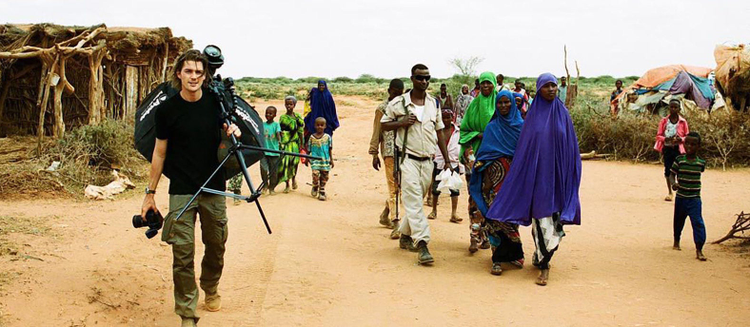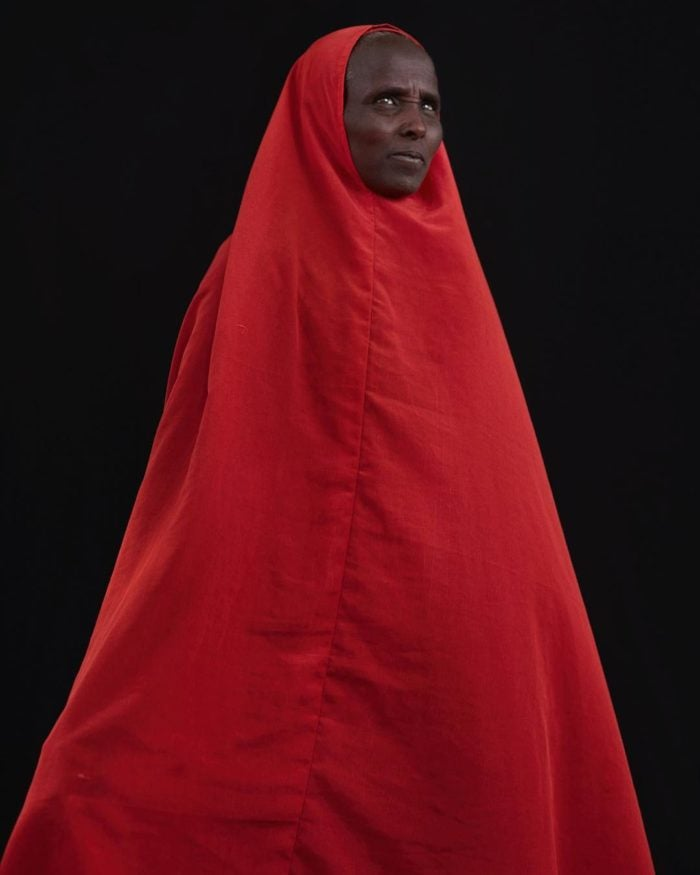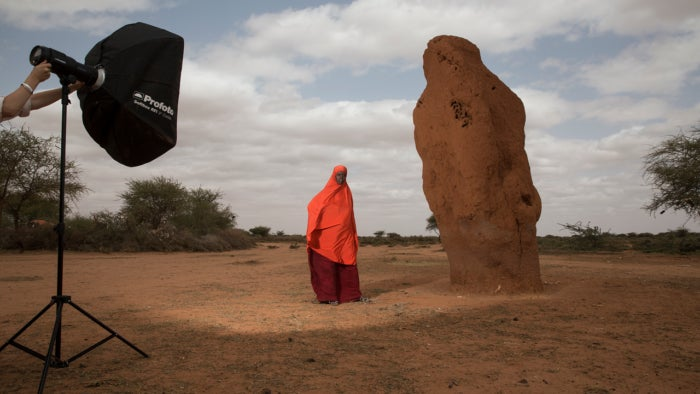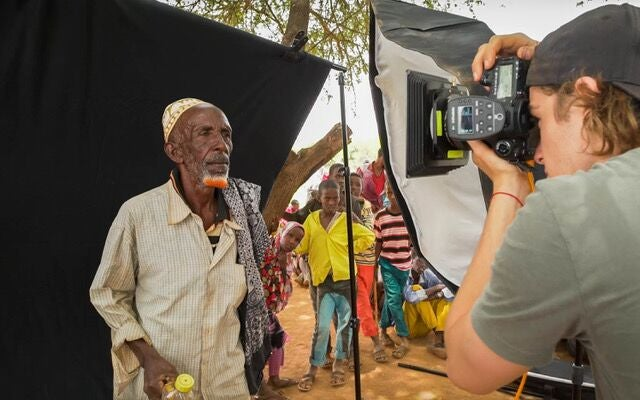Humanizing Climate Change: The Power of Portrait Photography
Jackson Harries is a photographer who travels the world capturing intimate moments that many may never have the opportunity to appreciate. His latest focus? Portraits. He believes in the power of empathy, and knows that by capturing the human experience of climate change, he can shine a light on the issue. His latest project grew from a trip to Somalia, where he saw the effects of climate change from a new perspective.

Photo by Alice Aedy
Jackson Harries is a photographer who travels the world capturing intimate moments that many may never have the opportunity to appreciate. His latest focus? Portraits. He believes in the power of empathy, and knows that by capturing the human experience of climate change, he can shine a light on the issue. His latest project grew from a trip to Somalia, where he saw the effects of climate change from a new perspective.
Photography is such a powerful tool in bringing awareness to climate change, but your approach is not the typical approach of showing the devastation of landscapes. What made you decide to make this series a portrait-focused one?
Jackson Harries: We are flooded with images of environmental degradation, decimated forests, melting glaciers, scorched deserts, and flooded cities. Although these images are powerful and necessary, I think it’s easy to become desensitized. It’s easy to forget how climate change affects humans. Through my project “Faces Of Change,” I want to challenge these typical depictions. By meeting and photographing people living on the “front lines” of climate change, I hope to put a face to the issue and highlight the tangible and humanitarian effects of a rapidly changing climate.
In this series, I photographed the people I met against a black backdrop. My intention was to remove people from their immediate environment, pulling the focus away from suffering and instead creating empowering portraits that highlight our similarities rather than our differences. I want people to understand that climate change is real and that it affects people just like you and I.

Photo by Jackson Harries
Do you feel that telling stories of individuals rather than entire communities/cities/countries that are affected by climate change can have a more drastic impact? What is it about personal stories and portraits that make us connect to photos?
**JH: **Climate change can be an overwhelming and intimidating issue. The scientific nature of the problem can often be off-putting. By focusing on the relatable and personal stories of those living “on the front lines” of climate change, I hope to humanize the issue and ultimately create a greater sense of empathy and understanding.

Photo by Jackson Harries
There are so many issues regarding climate change that working to change its course can be an overwhelming thought. Why is it so important that everyone (through their artwork) get involved? How can artists help?
JH: I think part of the reason that climate change is so overwhelming is because of the way it’s reported. It’s often science-heavy and focused on remote locations devoid of people. I think it’s important we find a way to humanize climate change. Through creative approaches to storytelling, I think artists can help to distill otherwise complicated and overwhelming information to something that is more visual, relatable, and ultimately tangible.

Photo provided by Jackson Harries
How did you decide this location? Why Somaliland? Do you have a personal connection? And, what research did you do in advance?
**JH: **For years now, Somaliland, like much of East Africa, has experienced extreme drought. However, the most recent drought has been the worst in living memory. More than 1.5 million people have been affected, and over 80 percent of the region’s livestock has been wiped out. In many ways, it could be considered the canary in the mine for a world that is getting hotter, and where extreme weather conditions are becoming more common. I was invited by the “Love Army For Somalia” campaign to travel to the region to make portraits and this project was borne out of that trip.